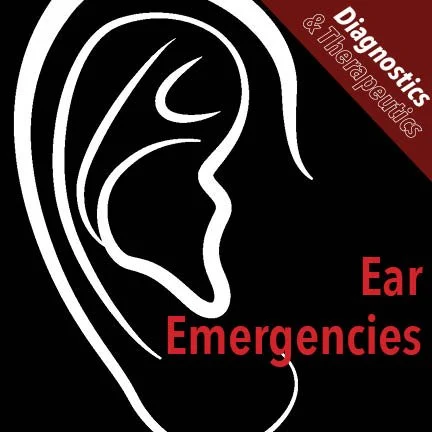Troublesome G-Tubes
/Replacing gastrostomy tubes that have fallen out or are no longer functioning is a common procedure in the Emergency Department. Often, these replacements are smooth and easy. There are times however when the replacement process can get complicated with the need to dilate quickly stenosing tracts and/or the need to consult a sub specialist to assist with replacement. This post covers the key historical factors to gather on these patients and the basics steps in replacing the tubes.
Read More


















